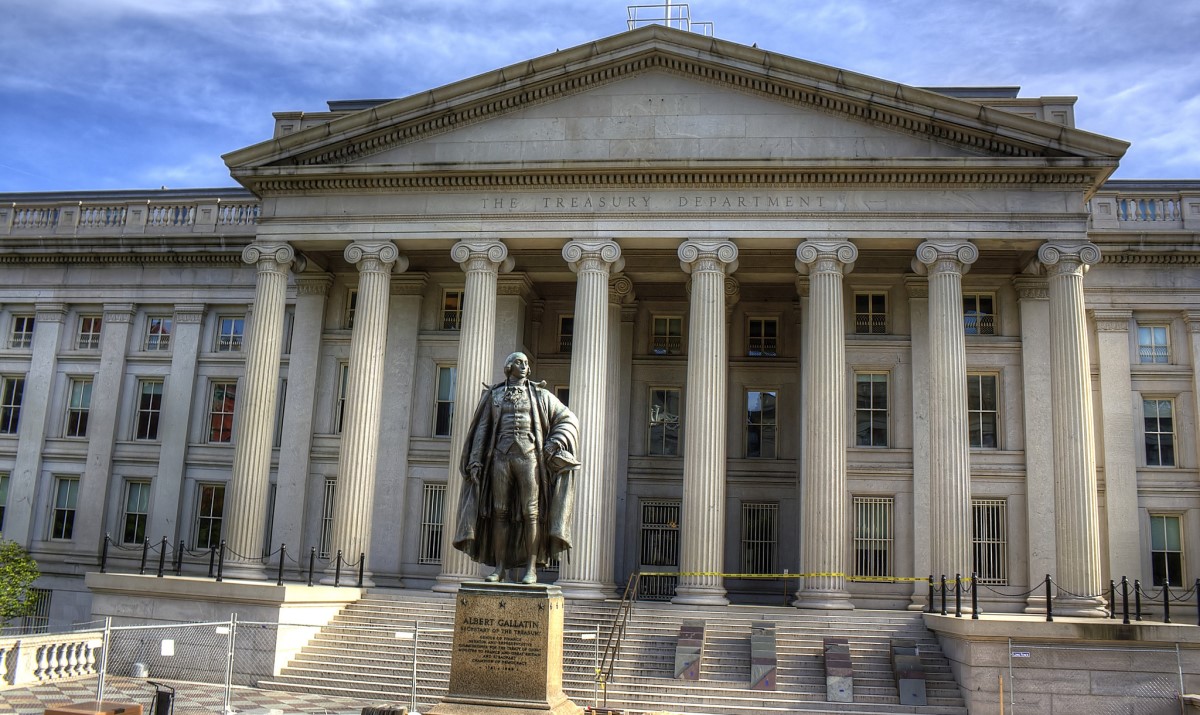Judge Backs Principal Who Punished First Grader Over ‘Any Life’ Matters Drawing
E principal had already decided what the drawing represented and punished her on that basis. This is a dangerous precedent to set in a free society, where basic rights should be protected regardless of age or understanding of complex issues.
It will be interesting to see how the appeal plays out and whether the Supreme Court will revisit the Tinker precedent in light of this case. In the meantime, it’s important for educators and administrators to remember that children should be allowed to express themselves without fear of punishment, especially when their actions do not materially or substantially interfere with the operation of the school. The right to free speech is a fundamental principle that should be upheld for all, regardless of age or perceived understanding of the issues at hand.
I didn’t know the Constitution was like an amusement park. But apparently, it is!
Aside each clause and amendment, there’s a little clown cutout with his hand outstretched: “You must be this old to use this right!” a sign in the clown’s other hand reads.
Now, granted, there are reasonable age limits to certain amendments. The Second Amendment doesn’t allow 4-year-olds to buy guns with pocket change, nor does the 21st Amendment allow any 13-year-old to buy a case of Bud Light simply because it repealed Prohibition.
However, you’d think that the First Amendment — the freedom of speech, assembly, religion, all that fun expression stuff — wouldn’t have an age limit on it. No such luck, according to a California judge, who ruled a first grader could be punished by a public school principal for a drawing that says “any life” matters.
According to a July 16 report from conservative outlet The Center Square, a federal district court ruled against the parents of the child earlier this month, “finding that first grade students are not protected by the First Amendment.”
The incident involved a lesson on Martin Luther King Jr. and Black Lives Matter; according to the outlet, the student felt bad for a classmate of color and tried to cheer her up with a drawing that said “Black Lives Mater” with “any life” below it, along with “a picture below of four circles of different colors — which the author says represented her and three classmates holding hands.”
“The student thanked the author for the drawing and took it home, after which the recipient’s mother reported the drawing to the school’s principal ‘to express concern that her daughter was being singled out for her race.’”
Jesus Becerra, the principal of the school in the Capistrano Unified School District (pay and benefits in 2022: $207,678.20, in case you were wondering) found that the words “any life” were “inconsistent with values taught in the school but acknowledged that
motives were ‘innocent.’”“The recipient’s parents agreed the author innocently drew the picture and that they did not want the author punished, but Beccara allegedly declared the drawing ‘racist’ and ‘inappropriate,’ and submitted the first-grade author to punishment,” the Center Square reported.
The mother of the child — named only as “B.B.” in court documents due to her age — found out about the punishment one year later and, after demanding an explanation and an apology from the school (and not getting a sufficient one on either account, apparently), filed a lawsuit against the district.
The court ruled against her because of that pesky First Amendment clown.
“Giving great weight to the fact that the students involved were in first grade, the Court concludes that the Drawing is not protected by the First Amendment,” the court wrote.
The court cited U.S. Supreme Court precedent, which found “schools may restrict speech that ‘might reasonably lead school authorities to forecast substantial disruption of or material interference with school activities’ or that collides ‘with the rights of other students to be secure and let alone.’”
Yes, “any lives” mattering now “might reasonably lead school authorities to forecast substantial disruption of or material interference with school activities” or could potentially abrogate “the rights of other students to be secure and let alone.”
Furthermore, the court ruled that “any life” was too close to “All Lives Matter” — and that’s “an inclusive denotation, but one that is widely perceived as racially insensitive and belittling when directed at people of color.”
JUST IN: California judge rules that teachers were right to punish a 7-year-old girl who wrote ‘ANY LIFE’ over a Black Lives Matter drawing because ‘she’s too young to have First Amendment rights.’
The first grader at Viejo Elementary in Orange County was banned from recess and… pic.twitter.com/SVdsz50ITJ
— Unlimited L’s (@unlimited_ls) July 18, 2024
This is an interesting conundrum. We’re assuming that the first grader is too young for First Amendment rights but old enough to understand the complicated cultural battle over the phrase “All Lives Matter.”
Keep in mind that there was actual punishment involved here — not, apparently, just a, “Hey, watch it around the phrase ‘Black Lives Matter’ or ‘Any/All Lives Matter,’ sometimes people get sensitive about that” talk from the principal.
I’m not even saying that’s OK, but it certainly sounds more appropriate than, I don’t know, punishing an “innocent” kid for using the phrase “any lives” in a lesson about Black Lives Matter, taking the case to court instead of apologizing, claiming qualified immunity on the part of the principal and then getting the court to rule that this was so substantially disruptive to the operation of the school that this kid didn’t have First Amendment rights.
There is an appeal from the Pacific Legal Foundation in the works, arguing that the U.S. Supreme Court’s precedent in Tinker v. Des Moines — a landmark 1969 decision which found that free speech must only be interfered with in public schools if the the conduct would “materially and substantially interfere” with the operation of the school — protected the youngster’s right to draw the picture without punishment.
That case, decided along 7-2 lines, involved teenagers wearing black armbands to protest the Vietnam War in a time when that was a much more tumultuous cultural touchstone — and which involved far greater cognition on the part of the students as to what the protest represented and might provoke than a first-grader’s drawing.
“To punish a first-grader for giving an innocuous drawing to a classmate that neither disrupted the school nor offended the classmate simply because of an imagined association of the drawing with alleged racist intent shows how deep the ideology of race essentialism has permeated,” the Pacific Legal Foundation said in a statement. “It didn’t matter that [the student’s] intentions were laudable; the school punished her for saying things that someone else might find offensive.”
“An elementary school is not a totalitarian environment in which students have no rights,” the group added. “The district court was wrong to claim otherwise and set a dangerous precedent, totally stripping elementary school students of their First Amendment rights.”
In Tinker, the majority famously wrote that neither students nor teachers “shed their constitutional rights to freedom of speech or expression at the schoolhouse gate.” Nor do they have to measure up to an amusement-park clown that tells them whether or not they’re old enough to use those constitutional rights and turns them away if they’re too young at the schoolhouse door, either. Both the school and the court in this case should be deeply ashamed of themselves.
" Conservative News Daily does not always share or support the views and opinions expressed here; they are just those of the writer."





Now loading...